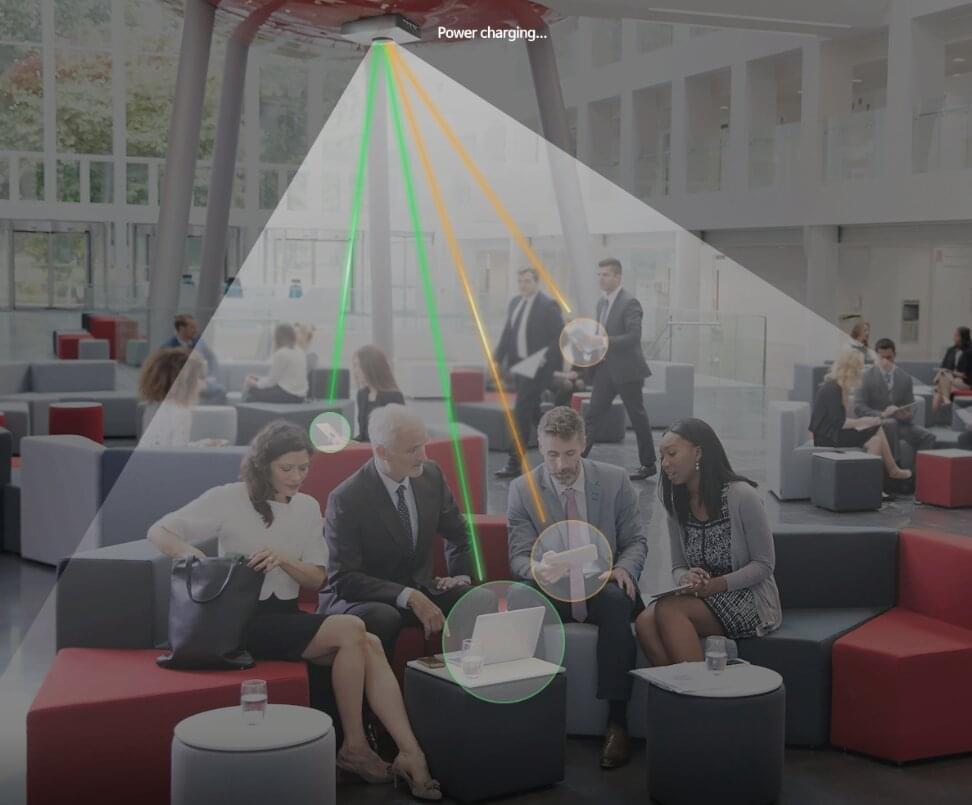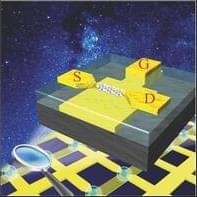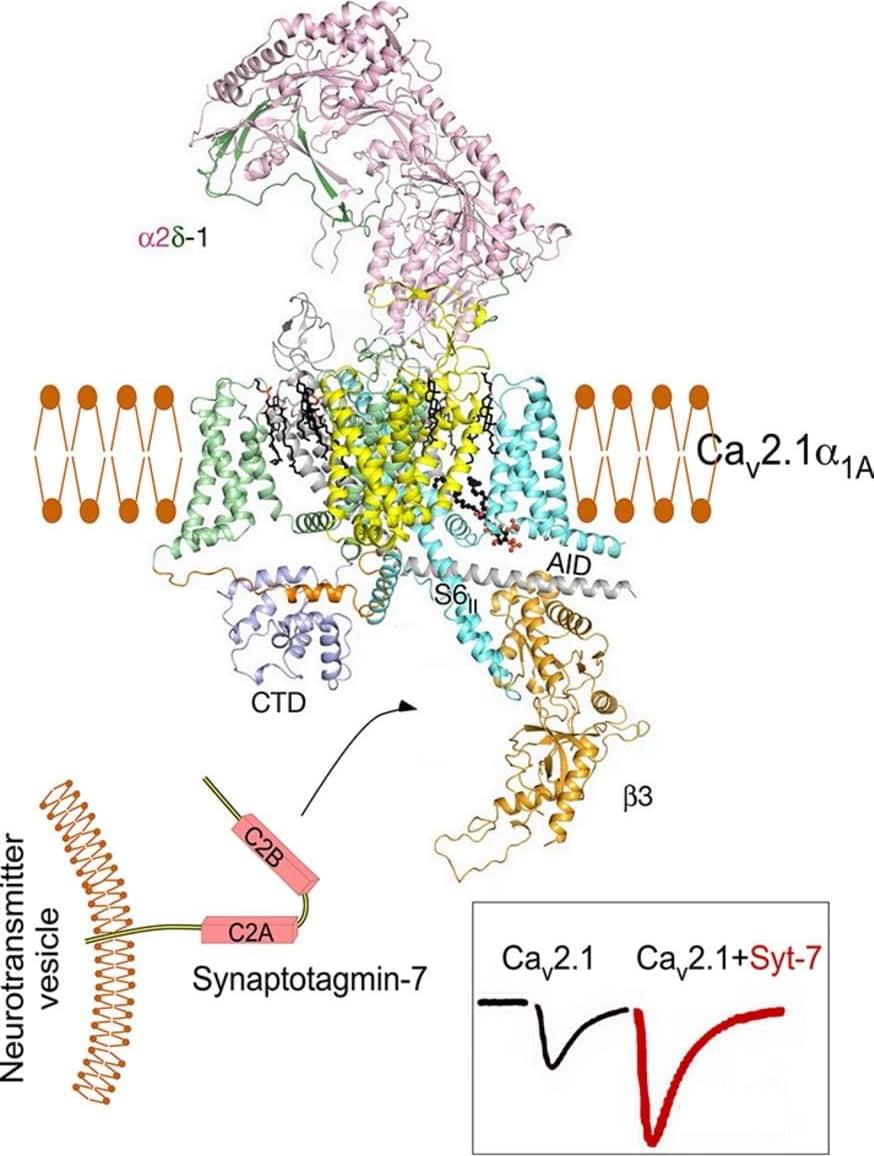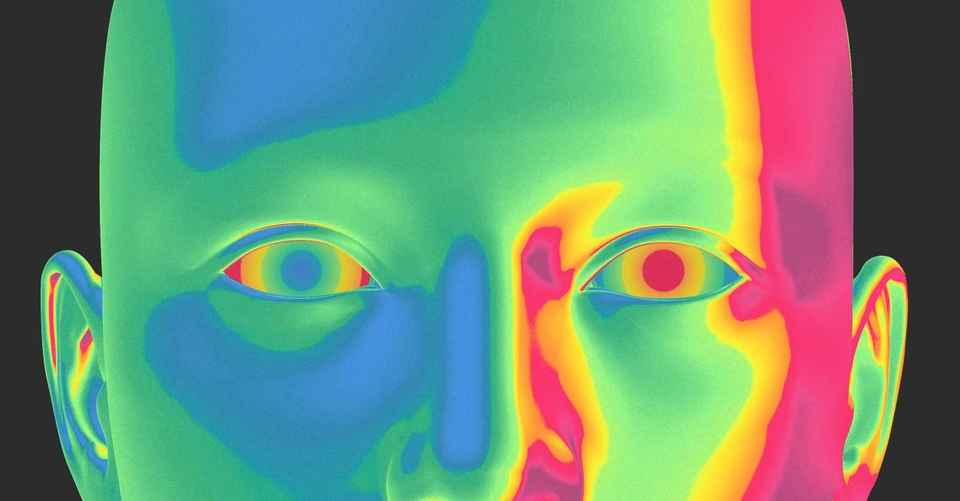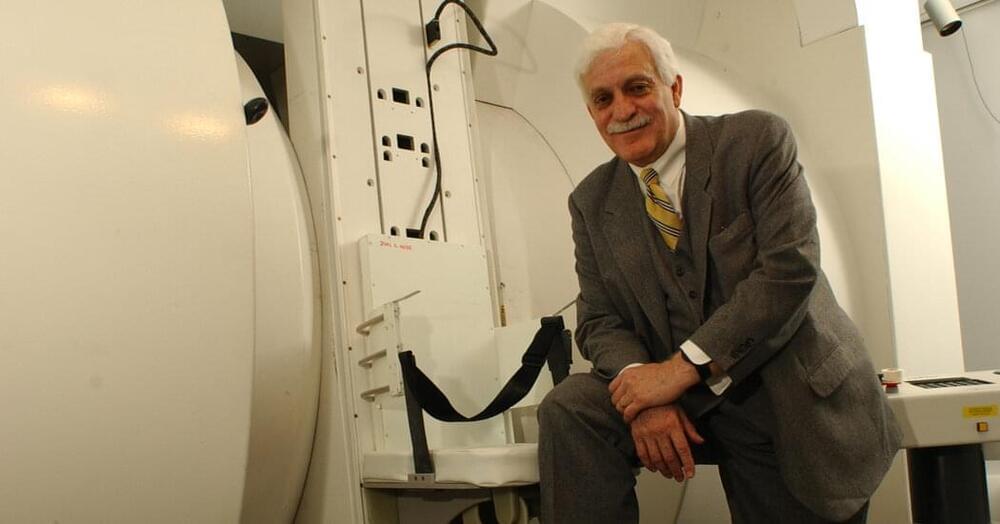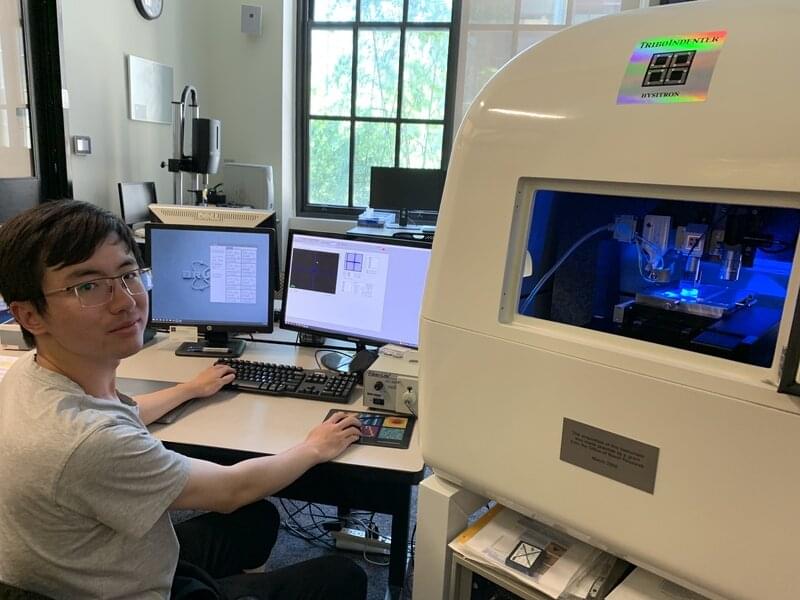We might be too close to wirelessly charging our mobile devices anywhere.
Researchers from Sejong University have developed a new system to transmit power over 30 meters using infrared light wirelessly. During laboratory tests, researchers demonstrated that the new system could transfer 400 mW of light power. For now, this amount of power is enough for charging sensors; however, further progress could mean enough high levels to charge mobile phones in various public places.
The research has been published in Optics Express.
In Optics Express, researchers describe a new wireless laser charging system that overcomes some of the challenges that have hindered previous attempts to develop safe and convenient on-the-go charging systems.
